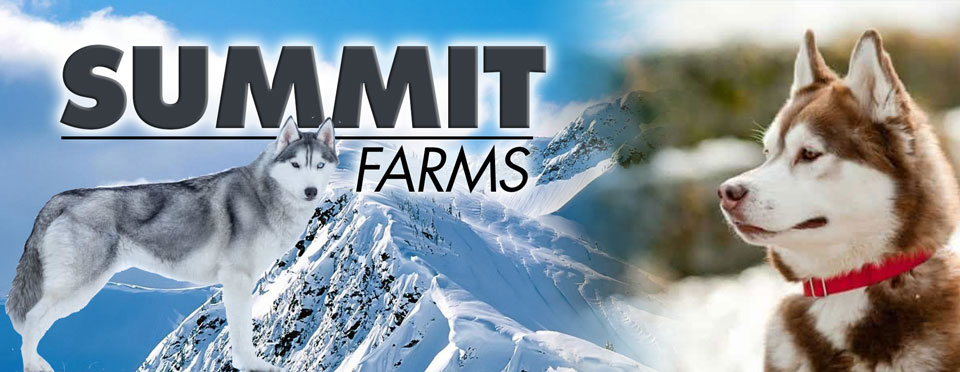
Alaskan Husky
A working sled dog, the typical Alaskan Husky is a blend of various Nordic breeds, depending on the breeder’s preferences and needs in a sled dog. Pulling ability and team player qualities are more important than looks. Alaskan Huskies are not typically sold as pets but are sometimes found through rescue groups and can make good companions if their exercise needs are met.
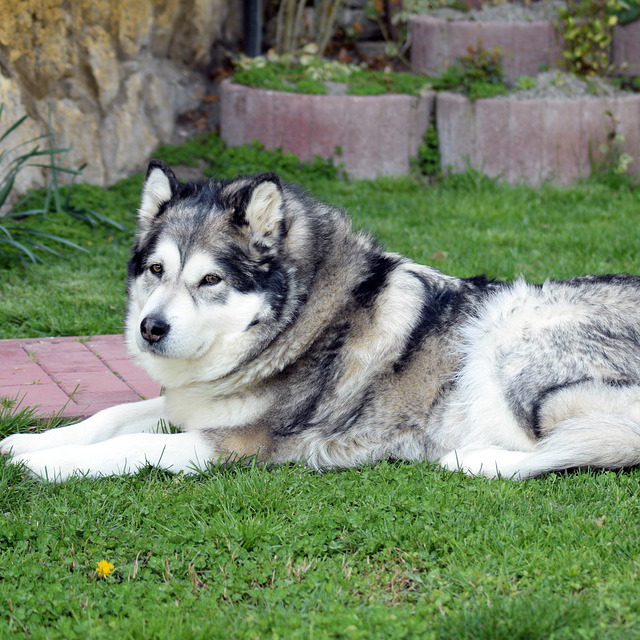
Alaskan Malamute
An immensely strong, heavy-duty worker of spitz type, the Alaskan Malamute is an affectionate, loyal, and playful but dignified dog recognizable by his well-furred plumed tail carried over the back, erect ears, and substantial bone.
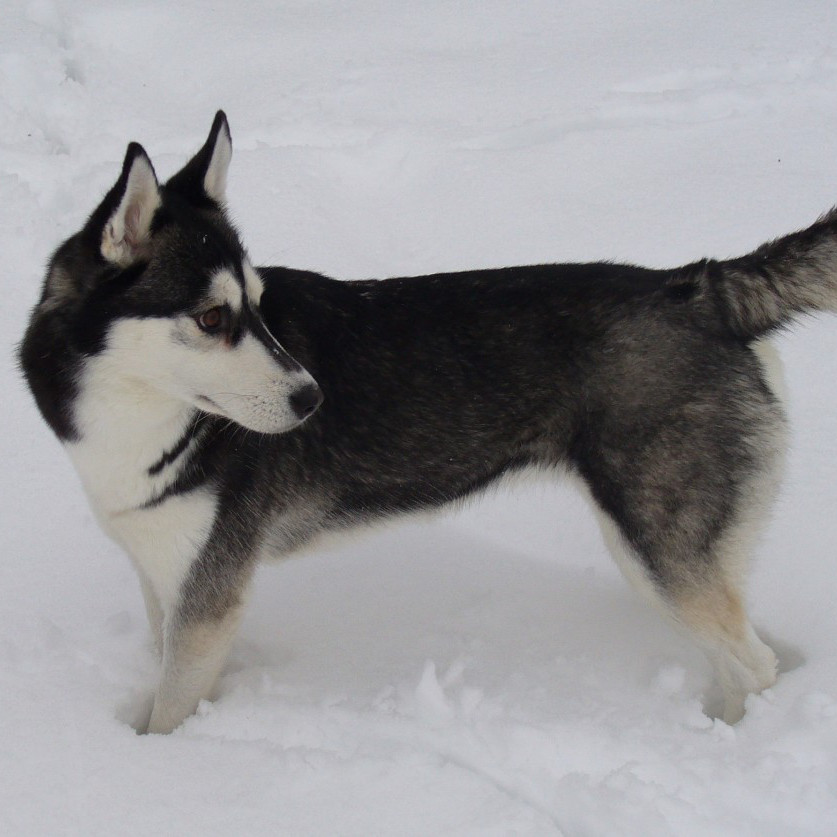
Alaskan Klee Kai
The Alaskan Klee Kai is a small-sized companion dog that is alert, energetic, and curious, yet reserved with unfamiliar people and situations. They come in three different sizes.
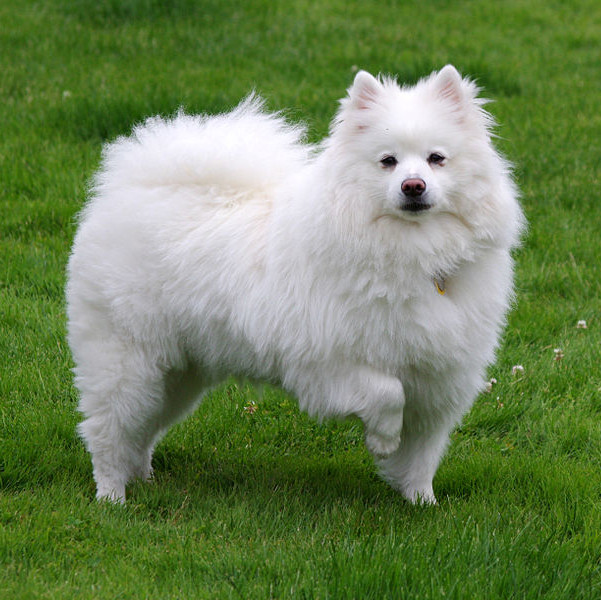
American Eskimo
The American Eskimo Dog combines striking good looks with a quick and clever mind in a total brains-and-beauty package. Neither shy nor aggressive, Eskies are always alert and friendly, though a bit conservative when making new friends.
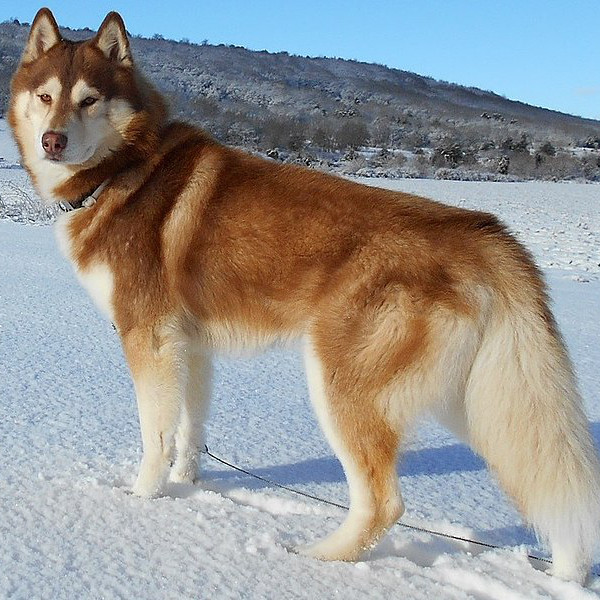
Siberian Husky
Siberian Husky, a thickly coated, compact sled dog of medium size and great endurance, was developed to work in packs, pulling light loads at moderate speeds over vast frozen expanses. Sibes are friendly, fastidious, and dignified.
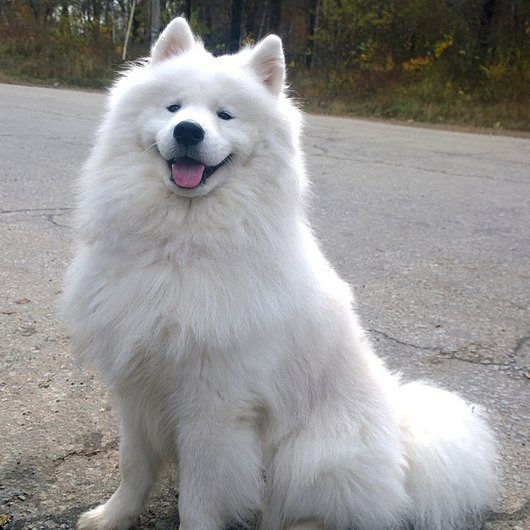
Samoyed
The Samoyed is a substantial but graceful dog. Powerful, tireless, with a thick all-white coat impervious to cold'Sammies are perfectly beautiful but highly functional. Even their most delightful feature, a perpetual smile, has a practical function: The upturned corners of the mouth keep Sammies from drooling, preventing icicles from forming on the face.
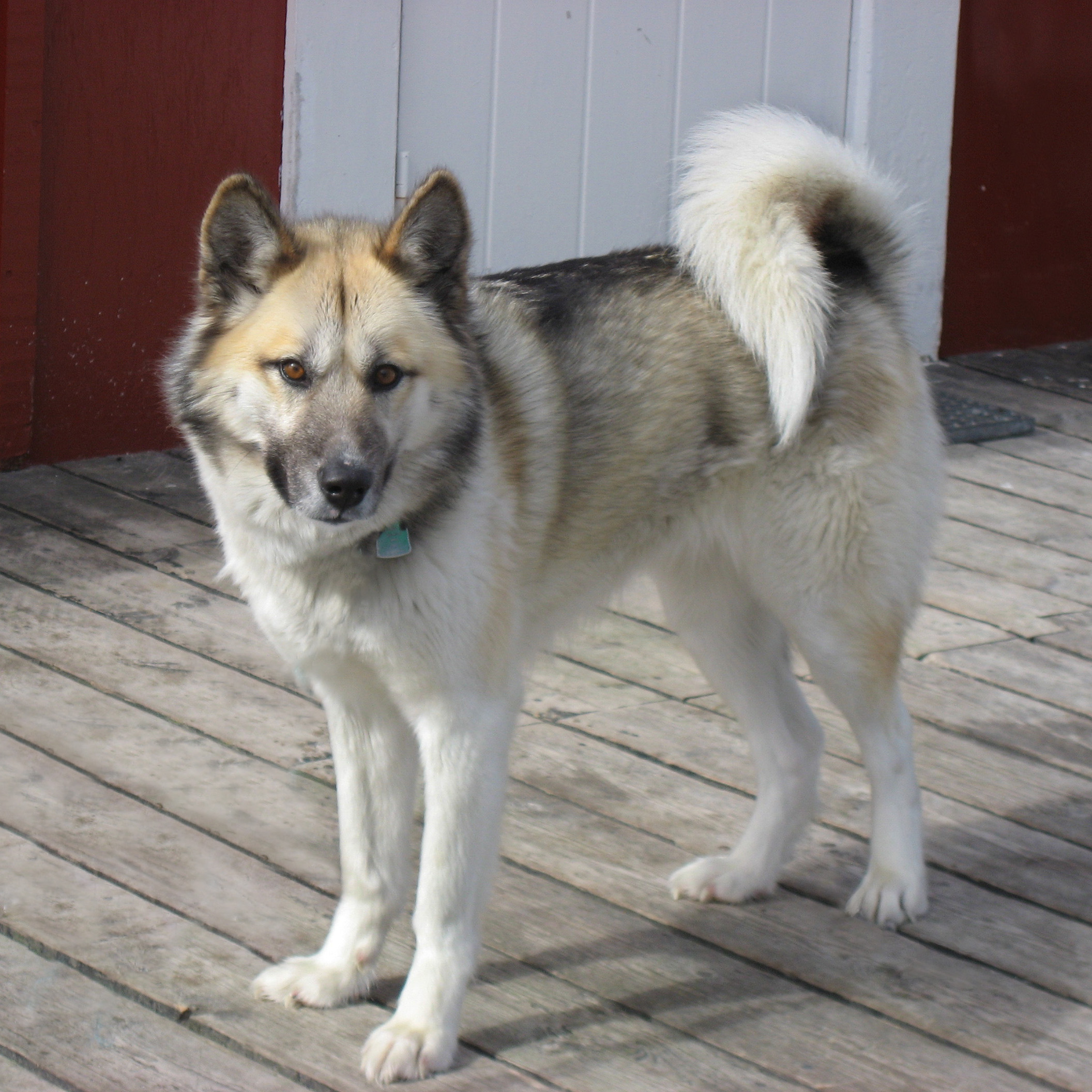
Greenland
The Greenland Dog is similar to the Canadian Eskimo Sleddog, but is not as heavy and slightly taller. It has a thick stand-off outer coat and dense under wool, which allows it to withstand constant outdoor living in temperatures that can reach -50 to -75 degrees Fahrenheit. It has small triangular ears which rarely get frostbite. The head is robust, broad and wedge shaped. The jaws are extremely powerful. It has a large, bushy tail, which curls over the dog’s back and protects the dog’s face while it is sleeping. The legs are well feathered and the toes are thickly furred with large pads.
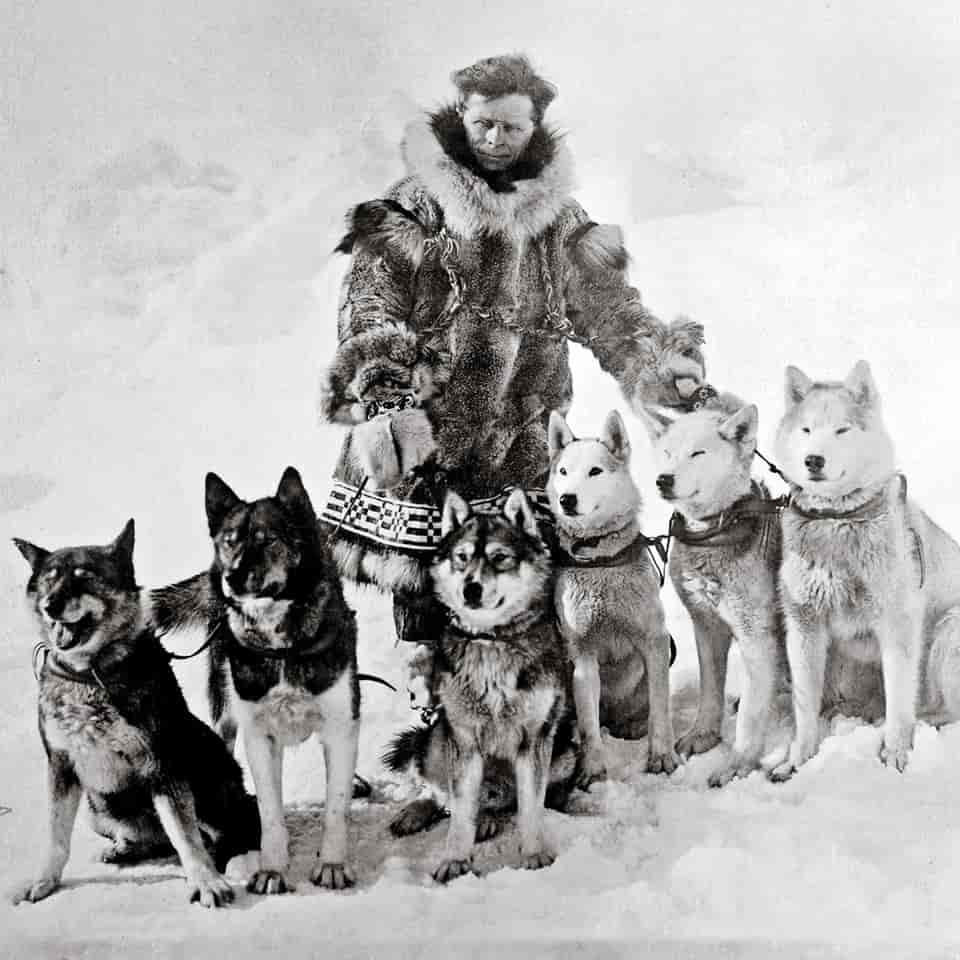
Seppala Siberian Sled Dog
While the Seppala used to be the same breed as the Siberian Husky today, it is considered a separate breed differing in appearance. Seppalas are the working lines and the Siberian Huskies are the show lines. Their legs and body are longer and they are generally lighter in weight and build than the show dogs. The ears are taller than those in the show lines, set closer together and are very erect. The stop is less defined than that in the show lines. The tail is naturally held high in a sickle curve over the back when alert. The coat is medium in length and dense with an undercoat nearly as long as their outer coat. Coat colors vary and are not considered important in the breed. Some common coat colors include pure white, buff, buff and white, black, charcoal gray, gray, brownish gray, blue-gray and sable (reds with black-tipped guard hairs and black noses). Piebald spotting and agouti (wild type) coloration are common. Some have dark faces with white only on the feet and tips of the tail. Eyes can be blue or brown, or any combination of the two.
